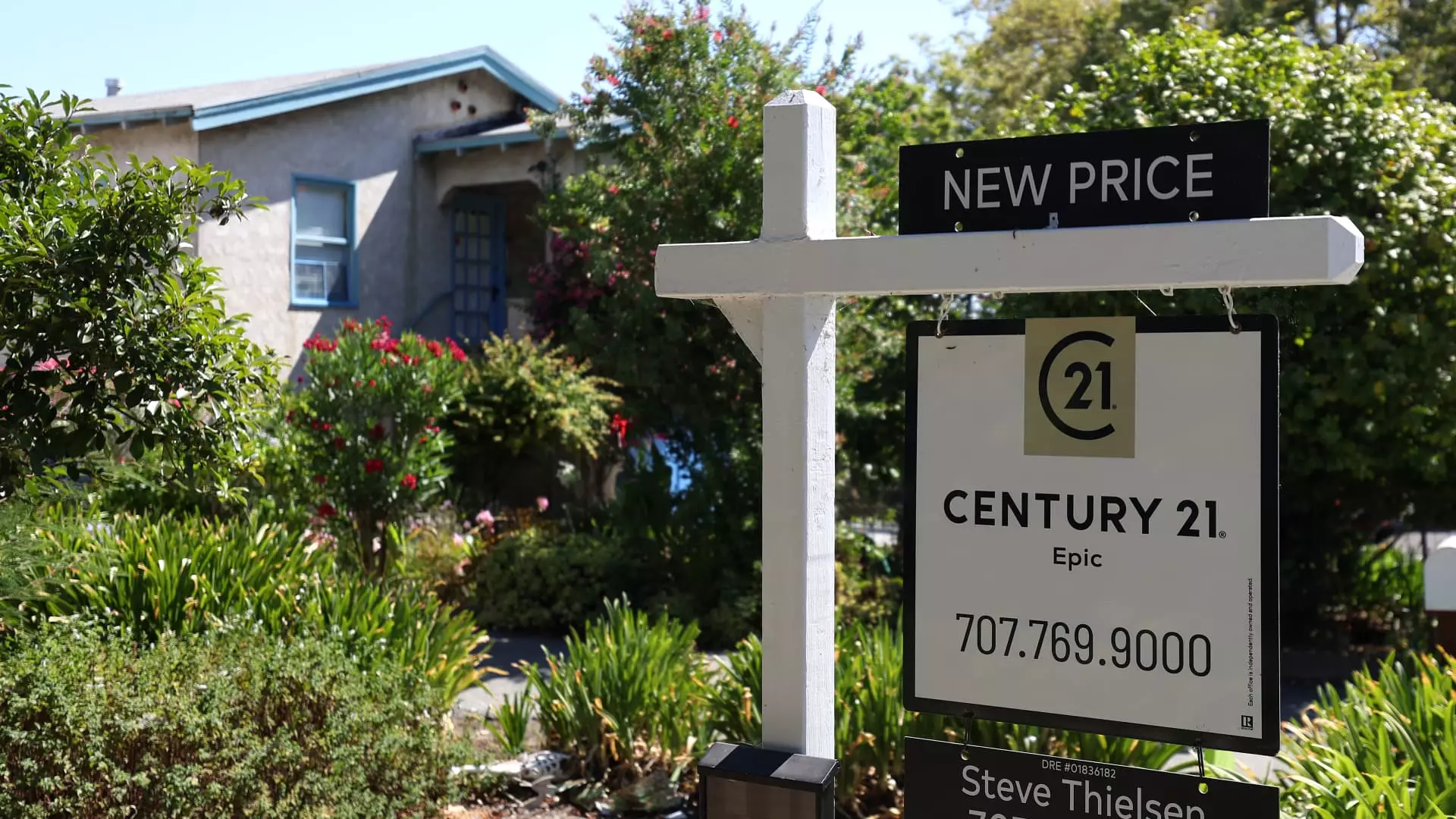The latest data paints a stark picture of a housing market caught in the throes of decline. Once characterized by relentless growth fueled by overconfidence and speculation, home prices are now stagnating or declining across many major markets. The illusion of perpetual prosperity has been shattered, exposing underlying vulnerabilities rooted in greed-driven overinflation and risky lending practices. Despite the narrative that rising inventory would stabilize prices, what we are witnessing instead is a systemic correction that threatens to upend the housing landscape—leaving homeowners, investors, and prospective buyers grappling with uncertainty.
This slowdown must be viewed through a critical lens. The rapid escalation crafted by speculative fervor created an artificially inflated housing bubble, one that was destined to burst once the market was overstretched and external economic pressures mounted. The fact that annual home price growth has plummeted to a mere 1.3% underscores the fragility of the boom era. The frenetic price hikes, fueled by lax lending and a climate of relative complacency, have now begun to unwind, revealing the unsustainable nature of the previous surge.
Rising Inventory and Mortgage Rates: A Toxic Combination
The dual factors aggravating the cooling trend—rising inventory and soaring mortgage rates—are not happenstance but symptomatic of broader economic tightening. The 29% increase in housing inventory signals a mounting reluctance among homeowners to buy at previous prices, compounded by the elevated borrowing costs that now sit at uncomfortable levels, approximately double those during the pandemic’s early days. This increase in supply, rather than providing relief, exacerbates the downward pressure on prices.
Far from being a sign of market strength, the increasing inventory points to desperation. Sellers are hesitant, knowing they might not fetch the return they expected, and buyers are increasingly priced out, especially as mortgage rates remain stubbornly high. This combination creates a perfect storm that undermines the fragile confidence in the market, exposing the risks inherent in an overheated housing bubble that was sustained by artificially low interest rates and speculative buying.
Regional Disparities: Winners and Losers in a Shifting Landscape
The current downturn does not impact all regions equally. The Northeast and Midwest continue to experience relative resilience, with consistent price gains that contrast sharply with the downturns in Southern and Western markets. Notably, Cape Coral, Florida, has experienced a stunning 9% decline, echoing broader regional weakness. Markets like Austin and Tampa are also witnessing declines, alongside California’s major metros, signaling a potential normalization that could cascade further.
This uneven regional performance reveals a deeper truth: housing markets are inherently localized, shaped by regional economic fundamentals and demographic shifts. Nonetheless, the overarching narrative is clear—speculative excesses are being corrected, and the market is forcing investors and homeowners alike to confront the harsh reality that prices cannot rise indefinitely. The lingering question remains whether this correction will be enough to restore stability or if falling prices will trigger further chaos, ultimately undermining confidence and risking a broader economic downturn.
The current housing correction embodies the consequences of a market driven too far by speculation and low borrowing costs, exposing the fragile foundation upon which recent growth was built. Instead of the steady, sustainable expansion many hoped for, we are witnessing a reckoning that calls into question the very policies and economic conditions that inflated the bubble in the first place.

